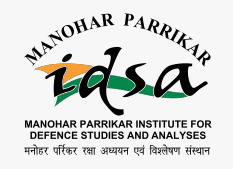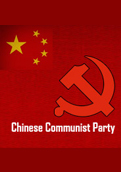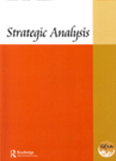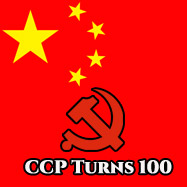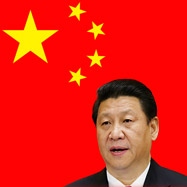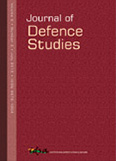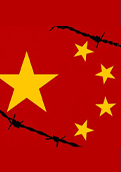What Beijing’s Growing Polar Silk Road Means to India?
Beijing’s intent to incorporate the polar regions within China’s greater maritime strategy, explore their resources and subsequently emerge as a polar great power is quite evident in its initiatives like the Polar Silk Road. In light of growing global ambition and resource needs, the Arctic could become another theatre of India–China competition.
- Mayuri Banerjee
- October 21, 2021
